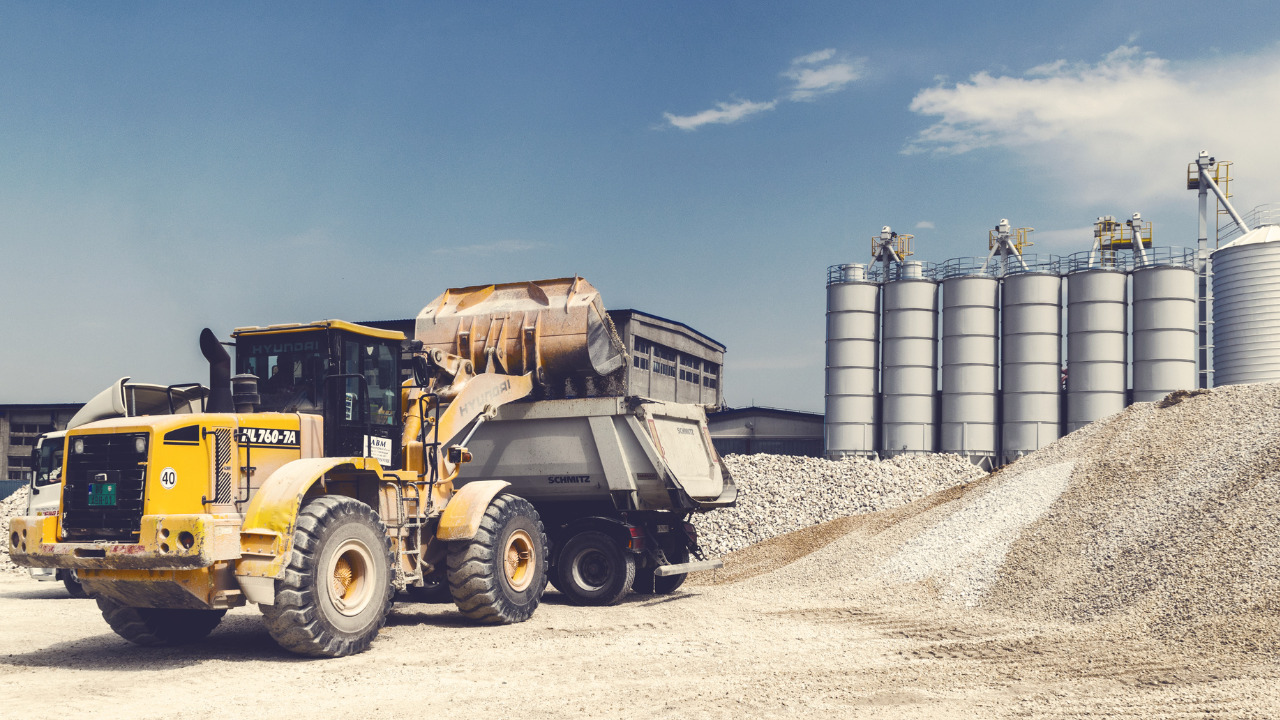In modern fast-paced contemporary culture, the transportation industry is the lifeblood of our economy. There are several vehicles that assist us in our everyday lives, but heavy goods trucks (HGVs) serve a particularly important role in delivering massive amounts of commodities across long distances.
However, given their size, weight, and strength, these massive vehicles pose major hazards if not handled with extreme caution. Here, we see why HGV driver health and safety training is so crucial; by protecting them, we safeguard many others on the road.
Table of Contents
Driver Well Being
Long hours behind the wheel, dealing with a variety of road conditions, and dealing with unexpected weather may all lead to fatigue and mental stress.
These factors affect not only the drivers’ physical health, but also their mental and emotional states. Without appropriate training, they may not be fully equipped to recognise the signs of weariness or stress, which may affect their decision-making capacity and increase the chance of an accident.
Comprehensive HGV driver training and safety awareness handle these issues front on. It provides individuals with the information and resources they need to manage their health while driving. This might include skills for dealing with fatigue, recognising stress indications, and arranging periodic rest and regeneration intervals.
The program encourages truckers to take responsibility for their physical and mental health by emphasising the need of self-care, ultimately contributing to their overall satisfaction and longevity in the industry.
Accident Prevention
Injuries, fatalities, and significant property damage are just some of the possible results of a traffic incident involving a large goods vehicle.
Because these vehicles are so much larger and heavier than other vehicles on the road, crashes with them are more likely to be fatal. Health and safety training addresses this issue by teaching them the importance of driving cautiously, following traffic regulations, and employing defensive driving techniques.
Thorough education helps drivers recognise and manage potential traffic hazards such as blind spots, sudden stops, and severe weather.
Through practical simulations and theoretical instruction, they learn to anticipate dangerous situations and respond appropriately. They are taught how to keep safe following distances, which is especially critical given the longer stopping distances of HGVs. This information helps individuals to make better informed decisions, minimising the likelihood of an accident.
Truck drivers must handle restricted places, crossroads, and pedestrian crossings in crowded metropolitan locations or complex traffic scenarios. Instructions for driver safety and protection prepare them to handle these situations safely.
They learn to be cautious and cautious, especially when turning or changing lanes, because the size of their cars makes these manoeuvres difficult and occasionally deadly.
Reduced Downtime & Costs
Accidents and occurrences involving heavy-duty vehicles can set off a chain reaction of adverse events, such as high repair costs and extended periods of inactivity.
Repairing collision damage may be both difficult and time-consuming, leading to extended periods of idleness. This has the potential to disrupt supply networks, cause delivery delays, and cause consumer dissatisfaction.
Plus, the financial implications include insurance premiums. Incidents increase insurance prices for individuals and businesses.
HGV operators having a history of mishaps or safety violations may have difficulty obtaining cost-effective insurance, thus affecting their employability. Similarly, firms face higher insurance rates, which impact operating budgets and draw resources away from other industries.
Investing in this for HGV operations is a preventative strategy against the financial losses and organisational issues that might result from a collision. Reduced deaths can enhance company efficiency, supply scheduling, and resource allocation.
Those who understand how to keep safe may also continue to assist the transportation system work effectively while safeguarding their own safety and the safety of others on the road.
Summary
Prioritising and investing in heavy goods vehicle training for health and safety is crucial. This not only protects the safety of everyone on the road, but it also increases efficiency, saves money, and improves the company’s image. Businesses that follow health and safety requirements create a better and safer workplace for their employees, which benefits the broader public.





